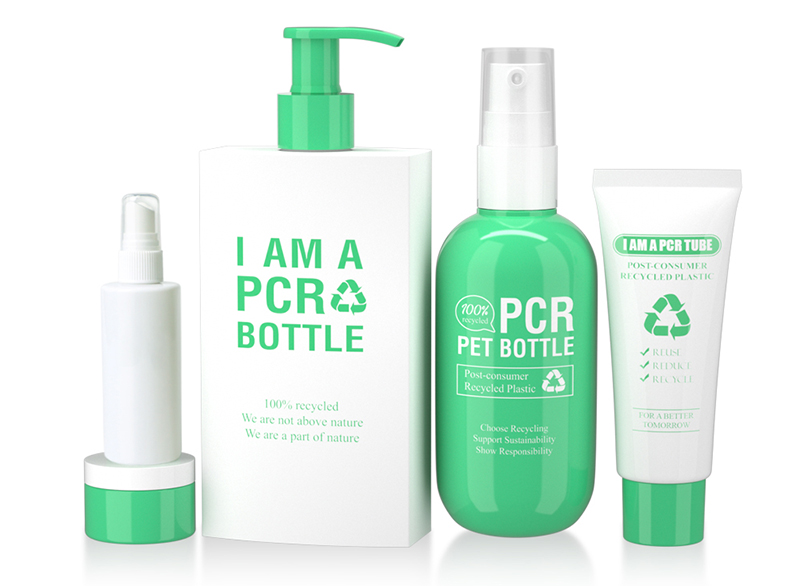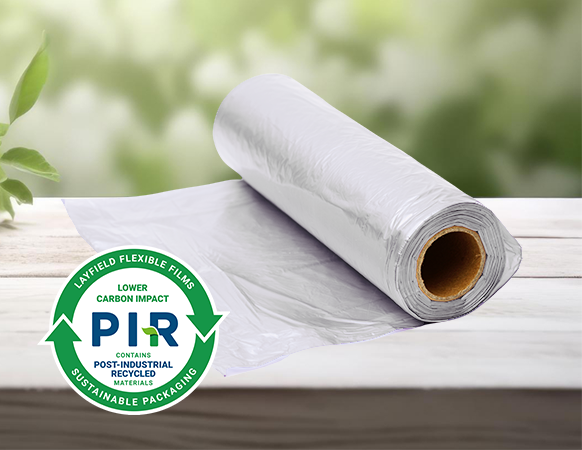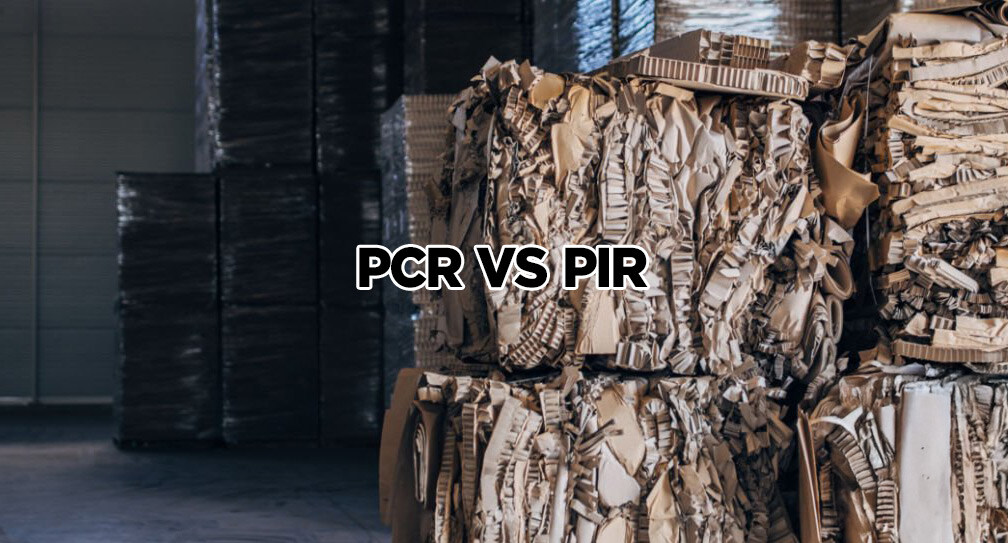Now, sustainability is even more than a technology industry’s buzzword – it is a front and center focus of the entire planet. The rise of environmental consciousness has led businesses as well as consumers to think of ways to eliminate plastic waste besides supporting the environment. Two labels in the packaging industry that have been in the limelight are PCR (Post-Consumer Recycled) and PIR (Post-Industrial Recycled) materials.
Still, what are PCR and PIR packaging materials? How are they produced, what are the similarities and differences, and who are the users? We provide all details in this blog that manufacturers have to know with these innovative materials that shape the sustainable future of packaging.
What Is PCR Packaging?
PCR (Post-Consumer Recycled) packaging is packaging that has already been used and disposed of by consumers and then made into new packaging materials. Imagine water bottles, food containers, shampoo bottles, and plastic items for everyday use that are no longer of use after their first use. The items are taken from recycling programs, then treated and finally are made into new packaging materials.

How Is PCR Packaging Made?
The whole PCR content PET shrink film sleeve label packaging manufacturing process consists of a few important stages:
- Collection: Post-consumer waste is collected by means of municipal recycling systems or exclusive recycling centers.
- Sorting: Plastic types of the waste are separated (e.g., PET, HDPE, LDPE) and the color is matched to support the uniformity.
- Cleaning: Various items are washed to remove labels, food residue, and other dirt substances.
- Shredding and Melting: The clean plastics are cut into small pieces and then heated till they are liquid.
- Pelletizing: The melted plastic is made into small pellets, which can in turn be used to make new packaging products.
These pellets are then recycled and reprocessed to produce bottles, containers, products, etc.— all with much lower environmental pollution.
Benefits of PCR Packaging
- Reduces landfill waste and ocean pollution
- Decreases demand for virgin plastic
- Supports circular economy principles
- Helps brands meet sustainability targets and certifications
- Appeals to eco-conscious consumers
What Is PIR Packaging?

PIR (Post-Industrial Recycled) packages are made by using rejected materials which are produced during manufacturing activities, i.e., before the product is even brought to the customer. These rejected materials may have been technologies which were not properly trimmed or were in surplus and needed to be cut-off or even included some defective products.
They choose not to dump these materials; instead, they collect, reprocess, and then use them to pack their product.
How Is PIR Packaging Made?
The primary difference between PIR and PCR production is that the former involves the need for neat, brand-new, raw materials not in consumer usage whereas the latter deals with the already used resources.
- Scrap Collection: The remnants of the manufacturing lines such as trims, rejected pieces are the raw materials used in collecting paper.
- Grinding: The unnecessary parts left after the production process are grinded in the grinding machine.
- Melting and Pelletizing: These very small pellets are the product of the molten plastic that is transformed into pellets.
- Repurposing: Many new items will be made using the plastic pelletizer.
Owing to the fact that the raw materials did not undergo the consumer phase, PIR technique is generally fresher and not a difficult one to follow.
Benefits of PIR Packaging
- Prevents industrial waste from being discarded
- Maintains high material quality
- Cost-effective for manufacturers
- Minimizes energy use, as materials are clean and easy to recycle
You can also read about Difference Between Full Stack Developer and Web Developer 0n our website.
PCR vs. PIR: What’s the Difference?

Even if both PCR and PIR packaging are utilized in waste reduction and sustainability, they both still have some differences.
| Feature | PCR (Post-Consumer Recycled) | PIR (Post-Industrial Recycled) |
|---|---|---|
| Source | Used materials discarded by consumers | Scrap materials from manufacturing |
| Cleanliness | Requires more cleaning and sorting | Cleaner due to limited exposure |
| Environmental Impact | Reduces consumer waste in landfills and oceans | Reduces waste in industrial settings |
| Cost | Often more expensive to process | Generally more cost-effective |
| Material Quality | May vary due to contamination | More consistent quality |
| Usage Visibility | Often labeled for eco-conscious branding | Typically used quietly within supply chains |
Who Uses PCR and PIR Packaging Materials?
The scope of sustainable packaging has now grown beyond niche industries to becoming a standard for businesses of different industries. Current times carry businesses from various sectors that prefer PCR and PIR material Shrink film in order to reduce their environmental impact and satisfy the green market that is getting bigger.
Industries Using PCR Packaging
- Beauty and Personal Care
- Brands like L’Oréal and Unilever use PCR bottles and containers for shampoos, creams, and lotions.
- Eco-friendly cosmetics often highlight PCR content to boost green branding.
- Food and Beverage
- Recycled plastic is used for water bottles, yogurt containers, and takeaway packaging.
- PCR content helps meet regulatory standards and appeals to health-conscious buyers.
- Retail and E-commerce
- Brands use PCR poly mailers, shopping bags, and boxes to minimize plastic use.
- Packaging often features printed PCR percentages as a marketing point.
- Household Products
- Cleaning product brands use PCR packaging to reduce plastic footprints in items like detergent bottles.
Industries Using PIR Packaging
- Manufacturing and Industrial
- Factories reuse their own off-cuts to create protective packaging and shipping containers.
- PIR helps save costs and reduces raw material waste.
- Automotive
- Excess plastic from vehicle parts production is recycled into packaging or interior components.
- Electronics
- Trimmings from plastic moldings and casings are reused in product packaging.
- Packaging Manufacturers
- Packaging suppliers themselves incorporate PIR into their processes to minimize loss and enhance sustainability.
Why Does It Matter?
Both PCR and PIR packaging materials have a significant role to play in the war against plastic pollution. This is what makes them more relevant than ever:
- Plastic waste is a pressing global problem, with tens of millions of tons finding their way into the environment each year.
- Recycling initiates are employment creators, energy users reducers, and local economy supporters.
- Transparency and sustainability are the two factors that end consumers are asking for in the products they purchase.
- At present, laws and regulations are more and more in favor of recycled content in packaging.

